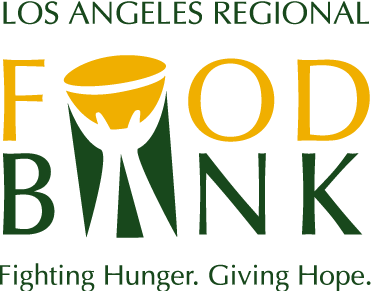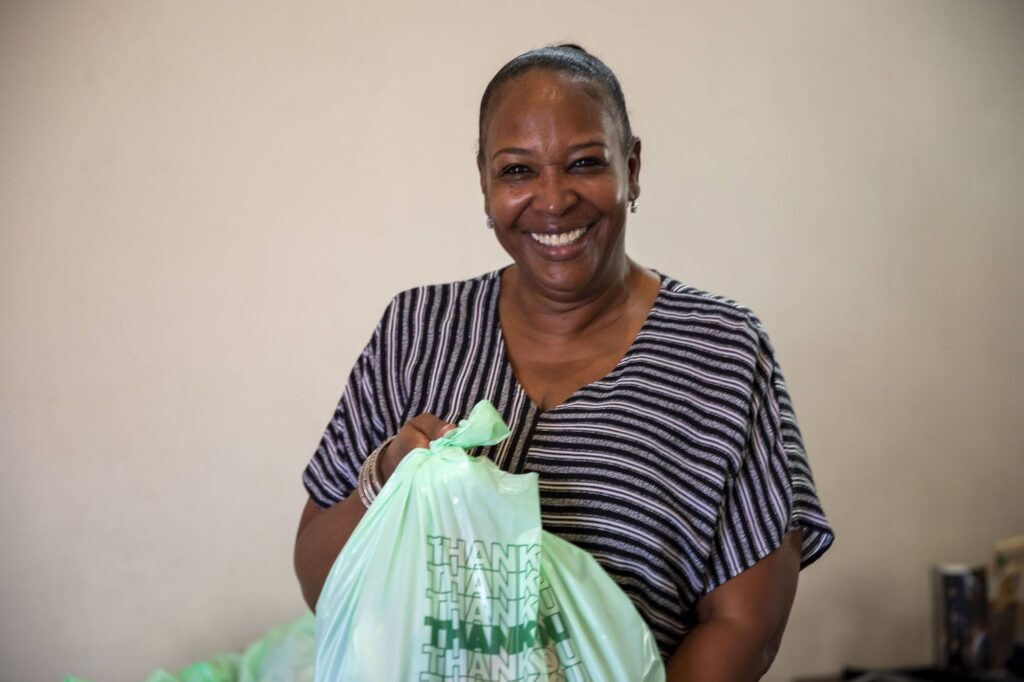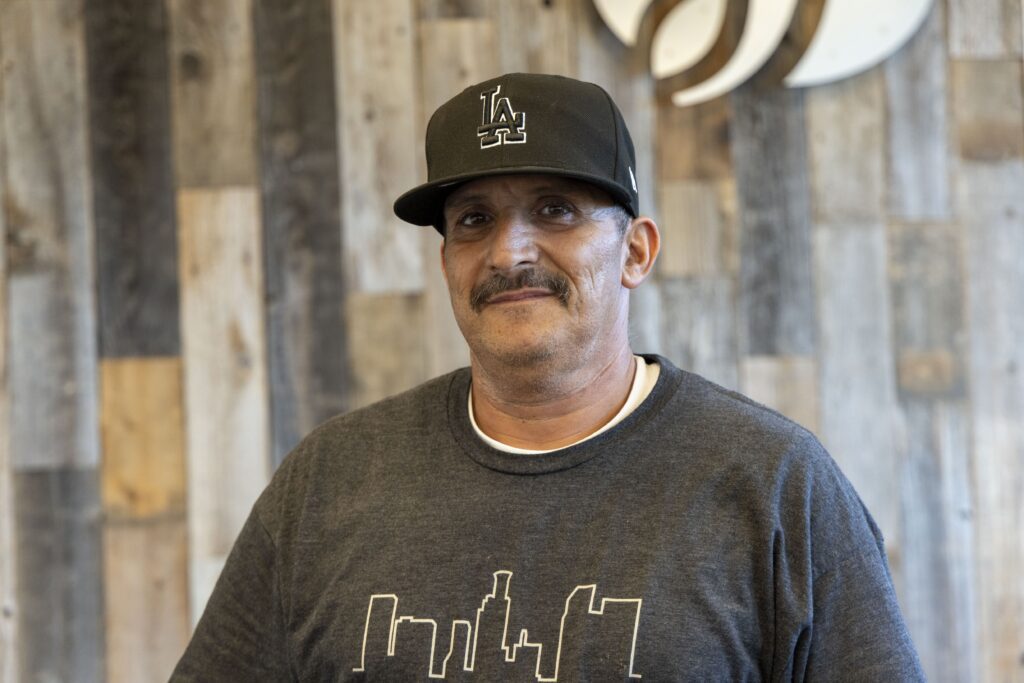The Early Days of the Los Angeles Regional Food Bank
The Early Days of the Los Angeles Regional Food Bank
Tony Collier, a cook at the Grandview Foundation in the early 1970s, accurately predicted that food manufacturers, growers, distributors and wholesalers would be happy to donate surplus food if someone solved the logistical problems of pickup and distribution. Tony solved these logistical problems by picking up food himself and eventually had so much donated food that he could provide it to other nonprofit organizations as well. Eventually, the clearinghouse that he created became the first iteration of the Los Angeles Regional Food Bank.
Read more about Tony Collier >
Founding the Food Bank
The Grandview Food Bank initially operated out of the Grandview Foundation’s 200-square-foot two-car garage located at 1230 North Marengo Avenue. Grandview Foundation founder Kenneth Congrave’s pickup truck was the first vehicle used to transport food. A little later, Jessup Farms donated a 1962 milk truck, which allowed Collier and his team to increase the amount of food transported.
Volunteers and Donors Make the Difference
Just as it is today, volunteers and donors made a big difference in the early days of the Food Bank. As a nonprofit organization, the Food Bank has always relied on the community’s generosity to conduct this essential work.
As food donation volume continued to grow, Tony started to get help from a group of local Pasadena residents and donors to support the Food Bank’s work. In addition to the support from the Grandview Foundation, additional funding was secured to rent the space of a former dry cleaning business that would need to be converted into a food storage facility. After moving out of the 200-square-foot garage at the Grandview Foundation, the Food Bank moved to 1035 South Fair Oaks Avenue in Pasadena.
1035 South Fair Oaks Avenue in Pasadena, California
Early Partners in the Fight Against Hunger
By 1976, just three years after Collier founded the Grandview Food Bank, the number of partner agencies had already climbed to 30. These partner agencies would “shop” at the Food Bank to select the items they needed for their communities. Pat Collier would remind shoppers not to hoard and only take what was necessary for that week.
At that time, there was one day to pick up food on Tuesday, and the rest of the week was left to manage and run the quickly growing operation. The shopping experience was set up on Monday evenings by stacking and displaying food items. Tony and the Food Bank’s driver, Gilbert Carpenter, would organize food pickups on other days of the week, often trying to pick food products up the same day the donor called.
Safety inspections and gleaning were highly prioritized even in the earliest days of the Food Bank, and safety has remained one of the highest priorities since then and will be in the future as well. Tony would often re-inspect the food himself as it was being set up for the big distribution day on Tuesdays.
Charting the Path to Grow
A group of local residents, led by Delmer Beckhart, formed an Advisory Board to help the Grandview Foundation figure out what to do with this new fast-growing food rescue operation. It was decided to incorporate the Food Bank as its own nonprofit organization in 1977 with the name Community Food Resources of Los Angeles County Inc., with Clifford R. Anderson Jr, George Kelly, Shirley Curtin, Myron Guill, Bessie Shenk, and Louise Richards forming the first Board of Directors and Tony Collier serving as Executive Director. A newly formed Advisory Board, including then Los Angeles County District Attorney John Van de Kamp and numerous other local community members, provided significant help during the early days of the Food Bank.
Even though food rescue was a new phenomenon, the Food Bank picked up and distributed more than one million pounds of food to 60 partner agencies in 1977, and more funding was needed to support the operations. Early financial support came from the Fluor Corporation, Ralph M. Parsons Corporation and Burroughs Corporation and also included a number of foundations and the United Way of Pasadena.
The City of Pasadena awarded three Comprehensive Education Training Act (CETA) Title VI positions to the Food Bank, which provided salaries for Tony and Pat Collier, a carpenter and drivers, one of whom, Elijah Smith, would later become the Food Bank’s second Executive Director.







